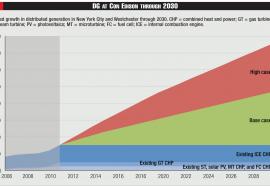Load as a Resource
Integrating controllable demand into real-time, security constrained economic dispatch.
Historically, grid operators tapped into voluntary load reduction as a last resort for keeping the lights on. But now, smart grid technologies and dynamic pricing mechanisms bring vastly greater potential for using load as a dispatchable resource. Effective implementation requires advanced technologies—and also foresight in creating programs, policies, and market mechanisms.









